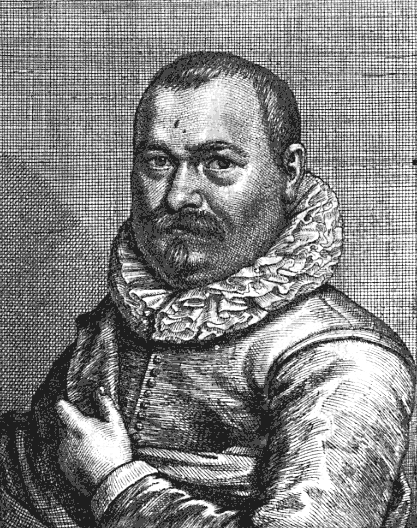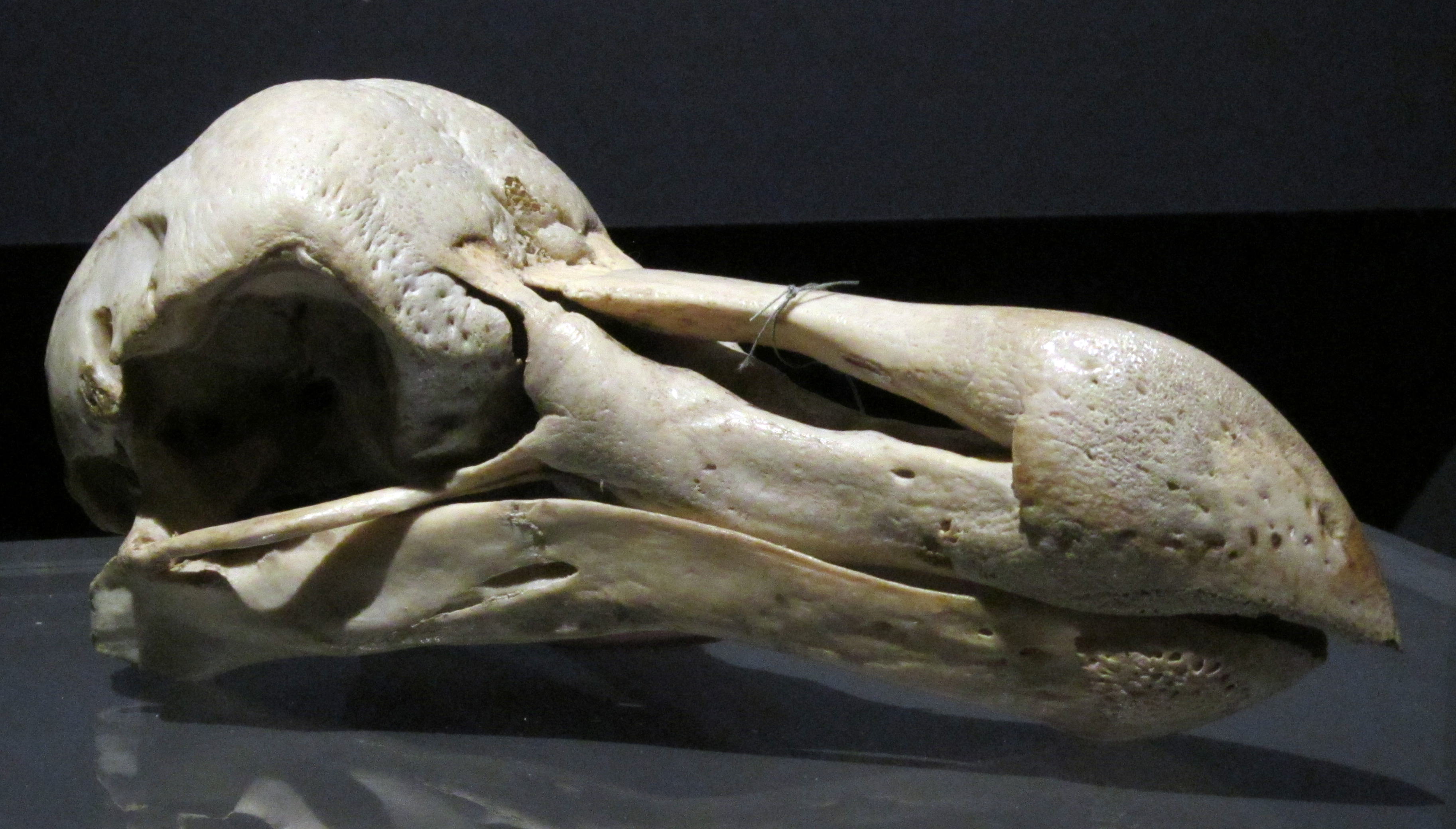|
Martinique Macaw
The Martinique macaw or orange-bellied macaw (''Ara martinicus'') is a hypothetical extinct species of macaw which may have been endemic to the Lesser Antillean island of Martinique, in the eastern Caribbean Sea. It was scientifically named by Walter Rothschild in 1905, based on a 1630s description of "blue and orange-yellow" macaws by Jacques Bouton. No other evidence of its existence is known, but it may have been identified in contemporary artwork. Some writers have suggested that the birds observed were actually blue-and-yellow macaws (''Ara ararauna''). The "red-tailed blue-and-yellow macaw" (''Ara erythrura''), another species named by Rothschild in 1907 based on a 1658 account, is thought to be identical to the Martinique macaw, if either has ever existed. The Martinique macaw is one of thirteen extinct macaw species that have been proposed to have lived in the Caribbean islands. Many of these species are now considered dubious because only three are known from physical r ... [...More Info...] [...Related Items...] OR: [Wikipedia] [Google] [Baidu] |
John Gerrard Keulemans
Johannes Gerardus Keulemans (J. G. Keulemans) (8 June 1842 – 29 March 1912) was a Dutch bird illustrator. For most of his life he lived and worked in England, illustrating many of the best-known ornithology books of the nineteenth century. Biography Keulemans was born in Rotterdam. As a young man he collected animal specimens for museums such as the Natural History Museum in Leiden, whose director, Hermann Schlegel, encouraged Keulemans and sent him on the 1864 expedition to West Africa. In 1869, he was persuaded by Richard Bowdler Sharpe to illustrate his '' Monograph of the Alcedinidae, or Family of Kingfishers'' (1868-1871) and to move to England, where he lived for the rest of his life. He was married twice, and had eight children by his first wife and seven children by his second wife. Only nine of his children reached adulthood. He also wrote topics on spirituality, and claimed he had a premonition at the moment of death of one of his sons. He died in Ilford, Essex (now ... [...More Info...] [...Related Items...] OR: [Wikipedia] [Google] [Baidu] |
Taxon
In biology, a taxon (back-formation from ''taxonomy''; plural taxa) is a group of one or more populations of an organism or organisms seen by taxonomists to form a unit. Although neither is required, a taxon is usually known by a particular name and given a particular ranking, especially if and when it is accepted or becomes established. It is very common, however, for taxonomists to remain at odds over what belongs to a taxon and the criteria used for inclusion. If a taxon is given a formal scientific name, its use is then governed by one of the nomenclature codes specifying which scientific name is correct for a particular grouping. Initial attempts at classifying and ordering organisms (plants and animals) were set forth in Carl Linnaeus's Linnaean taxonomy, system in ''Systema Naturae'', 10th edition (1758), as well as an unpublished work by Bernard de Jussieu, Bernard and Antoine Laurent de Jussieu. The idea of a unit-based system of biological classification was first mad ... [...More Info...] [...Related Items...] OR: [Wikipedia] [Google] [Baidu] |
Hoax
A hoax is a widely publicized falsehood so fashioned as to invite reflexive, unthinking acceptance by the greatest number of people of the most varied social identities and of the highest possible social pretensions to gull its victims into putting up the highest possible social currency in support of the hoax. Whereas the promoters of frauds, fakes, and scams devise them so that they will withstand the highest degree of scrutiny customary in the affair, hoaxers are confident, justifiably or not, that their representations will receive no scrutiny at all. They have such confidence because their representations belong to a world of notions fundamental to the victims' views of reality, but whose truth and importance they accept without argument or evidence, and so never question. Some hoaxers intend eventually to unmask their representations as in fact a hoax so as to expose their victims as fools; seeking some form of profit, other hoaxers hope to maintain the hoax indefini ... [...More Info...] [...Related Items...] OR: [Wikipedia] [Google] [Baidu] |
John T
John is a common English name and surname: * John (given name) * John (surname) John may also refer to: New Testament Works * Gospel of John, a title often shortened to John * First Epistle of John, often shortened to 1 John * Second Epistle of John, often shortened to 2 John * Third Epistle of John, often shortened to 3 John People * John the Baptist (died c. AD 30), regarded as a prophet and the forerunner of Jesus Christ * John the Apostle (lived c. AD 30), one of the twelve apostles of Jesus * John the Evangelist, assigned author of the Fourth Gospel, once identified with the Apostle * John of Patmos, also known as John the Divine or John the Revelator, the author of the Book of Revelation, once identified with the Apostle * John the Presbyter, a figure either identified with or distinguished from the Apostle, the Evangelist and John of Patmos Other people with the given name Religious figures * John, father of Andrew the Apostle and Saint Peter * Pope Joh ... [...More Info...] [...Related Items...] OR: [Wikipedia] [Google] [Baidu] |
Eleazar Albin
Eleazar Albin ( fl. 1690 – c. 1742)Michael A. Salmon, Peter Marren, Basil Harley. ''The Aurelian Legacy'' (University of California Press, 2000) pp. 109-110. was an English naturalist and watercolourist illustrator who wrote and illustrated a number of books including ''A Natural History of English Insects'' (1720), ''A Natural History of Birds'' (1731–38) and ''A Natural History of Spiders and other Curious Insects'' (1736). He has been described as one of the "great entomological book illustrators of the 18th century". Biography Nothing is known of Albin's early life, though he may have been German-born; he claimed to have been in Jamaica in 1701. In 1708 he is known to have been married and living in Piccadilly, London. According to autobiographical details in ''A Natural History of English Insects'', Albin taught watercolour painting before being instructed in natural history by silk weaver and naturalist Joseph Dandridge. ''A Natural History of Birds'' has coloure ... [...More Info...] [...Related Items...] OR: [Wikipedia] [Google] [Baidu] |
Covert Feathers
A covert feather or tectrix on a bird is one of a set of feathers, called coverts (or ''tectrices''), which, as the name implies, cover other feathers. The coverts help to smooth airflow over the wings and tail. Ear coverts The ear coverts are small feathers behind the bird's eye which cover the ear opening (the ear of a bird has no external features) Tail coverts The uppertail and undertail coverts cover the base of the tail feathers above and below. Sometimes these coverts are more specialised. The "tail" of a peacock is made of very elongated uppertail coverts. Wing coverts The upperwing coverts fall into two groups: those on the inner wing, which overlay the secondary flight feathers, known as the secondary coverts, and those on the outerwing, which overlay the primary flight feathers, the primary coverts. Within each group, the feathers form a number of rows. The feathers of the outermost, largest, row are termed greater (primary-/secondary-) coverts; those in the next row ... [...More Info...] [...Related Items...] OR: [Wikipedia] [Google] [Baidu] |
Roelant Savery
Roelant Savery (or ''Roeland(t) Maertensz Saverij'', or ''de Savery'', or many variants; 1576 – buried 25 February 1639) was a Flanders-born Dutch Golden Age painter. Life Savery was born in Kortrijk. Like so many other artists, he belonged to an Anabaptist family that fled north from the Spanish-occupied Southern Netherlands when Roelant was about 4 years old and settled in Haarlem around 1585. He was taught painting by his older brother Jacob Savery (c. 1565 – 1603) and Hans Bol. After his schooling, Savery traveled to Prague around 1604, where he became court painter of the Emperors Rudolf II (1552–1612) and Mathias (1557–1619), who had made their court a center of mannerist art. Between 1606 and 1608 he traveled to Tyrol to study plants. Gillis d'Hondecoeter became his pupil. Before 1616 Savery moved back to Amsterdam, and lived in the Sint Antoniesbreestraat. In 1618 he settled in Utrecht, where he joined the artist's guild a year later. His nephew Hans would ... [...More Info...] [...Related Items...] OR: [Wikipedia] [Google] [Baidu] |
Dodo
The dodo (''Raphus cucullatus'') is an extinct flightless bird that was endemic to the island of Mauritius, which is east of Madagascar in the Indian Ocean. The dodo's closest genetic relative was the also-extinct Rodrigues solitaire. The two formed the subfamily Raphinae, a clade of extinct flightless birds that were a part of the family which includes pigeons and doves. The closest living relative of the dodo is the Nicobar pigeon. A white dodo was once thought to have existed on the nearby island of Réunion, but it is now believed that this assumption was merely confusion based on the also-extinct Réunion ibis and paintings of white dodos. Subfossil remains show the dodo was about tall and may have weighed in the wild. The dodo's appearance in life is evidenced only by drawings, paintings, and written accounts from the 17th century. Since these portraits vary considerably, and since only some of the illustrations are known to have been drawn from live specimens, ... [...More Info...] [...Related Items...] OR: [Wikipedia] [Google] [Baidu] |
James Greenway
James Cowan Greenway (April 7, 1903 – June 10, 1989) was an American ornithologist. An eccentric, shy, and often reclusive man, his survey of extinct and vanishing birds provided the base for much subsequent work on bird conservation. Early years Greenway was born in New York City, though grew up on the Lauder Greenway Estate in Greenwich, Connecticut, with his brothers G. Lauder Greenway and Gilbert Greenway, as the son of James Greenway Sr., founder of the Yale School of Public Health. He is also a grandson of George Lauder and a great-grandson of George Lauder, Sr. He was educated at Phillips Exeter Academy, graduating in 1922, and graduated from Yale University in 1926 with a Bachelor of Arts degree. He then worked for a few years as a reporter for the '' Brooklyn Eagle'' newspaper. Expeditions and research Expeditions with Delacour In 1929 Greenway became a partner in the Franco-Anglo-American Zoological Expedition to Madagascar. The expedition was sponsored by t ... [...More Info...] [...Related Items...] OR: [Wikipedia] [Google] [Baidu] |
Tommaso Salvadori
Count Adelardo Tommaso Salvadori Paleotti (30 September 1835 – 9 October 1923) was an Italian zoologist and ornithologist. Biography Salvadori was born in Porto San Giorgio, son of Count Luigi Salvadori and Ethelyn Welby, who was English. His brother Giorgio married their cousin Adele Emiliani (daughter of Giacomo Emiliani and Casson Adelaide Welby) and had five children (Charlie, Robbie, Minnie, Nellie and Guglielmo "Willie"). His nephew Guglielmo Salvadori Paleotti married Giacinta Galletti de Cadilhac (daughter of Arturo Galletti de Cadilhac and Margaret Collier) and had three children (Gladys, Massimo "Max" and Gioconda Beatrice "Joyce"). He studied medicine in Pisa and Rome and graduated in medicine at the University of Pisa. He participated in Garibaldi's military expedition in Sicily (the Expedition of the Thousand), serving as a medical officer. He was assistant in the Museum of Zoology in 1863, becoming Vice-Director of the Royal Museum of Natural History in Tur ... [...More Info...] [...Related Items...] OR: [Wikipedia] [Google] [Baidu] |
Martinique Amazon
The Martinique amazon (''Amazona martinicana'') is a hypothetical extinct species of Caribbean parrot in the family Psittacidae. It is not known from any material remains, but was said to be similar to the red-necked amazon (''A. arausiaca'') from Dominica, the next major island to the north of Martinique. Natives are known to have traded extensively in parrots between the Antilles, and it seems that the Martinique population was in some way related to or even descended from ''A. arausiaca''. Jean-Baptiste Labat described them as follows in 1742: Assuming it was a genuine and distinct taxon, it was endemic to Martinique and became extinct due to habitat loss as Martinique was cleared for agriculture. It has not been recorded since 1722. The Guadeloupe amazon (''"A. violacea"''), a similarly speculative "species", was said to inhabit the island of Guadeloupe. It is sometimes considered to be the same as ''"A. martinicana"''. However, it is more widely held to be related or iden ... [...More Info...] [...Related Items...] OR: [Wikipedia] [Google] [Baidu] |



.png)




